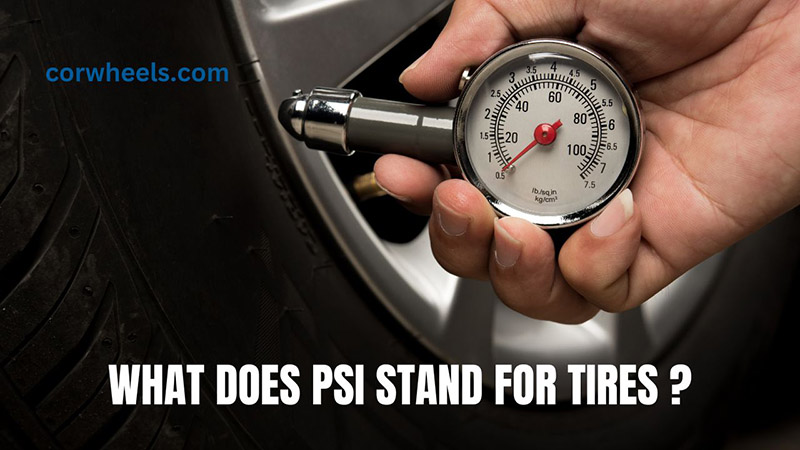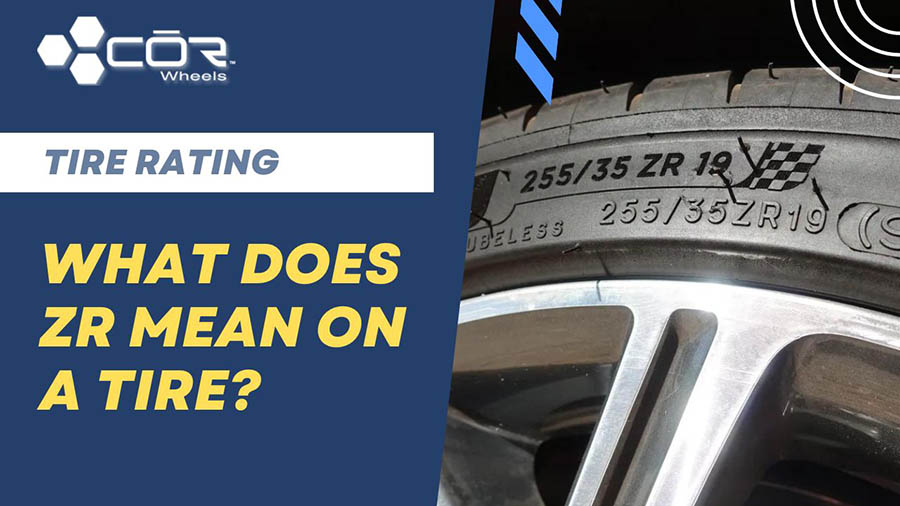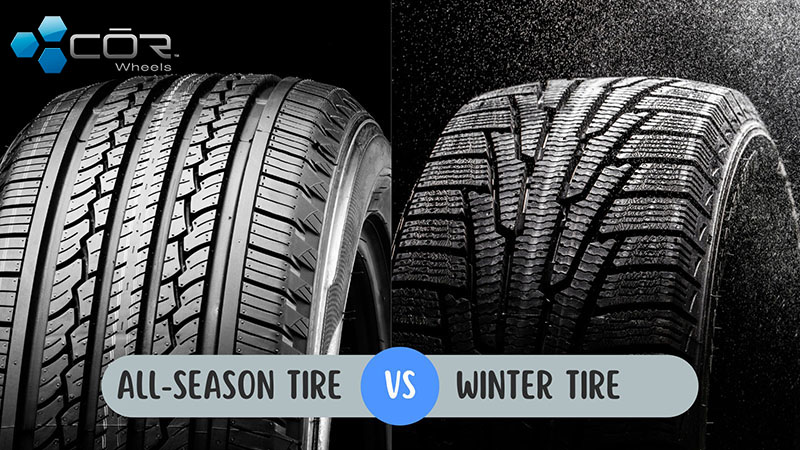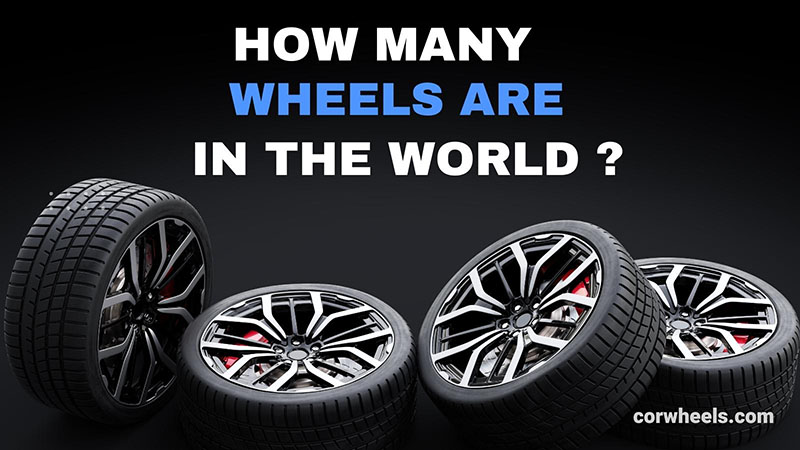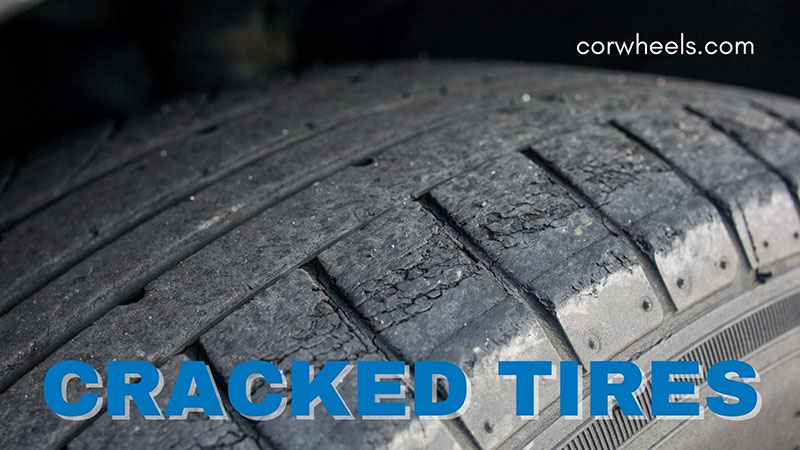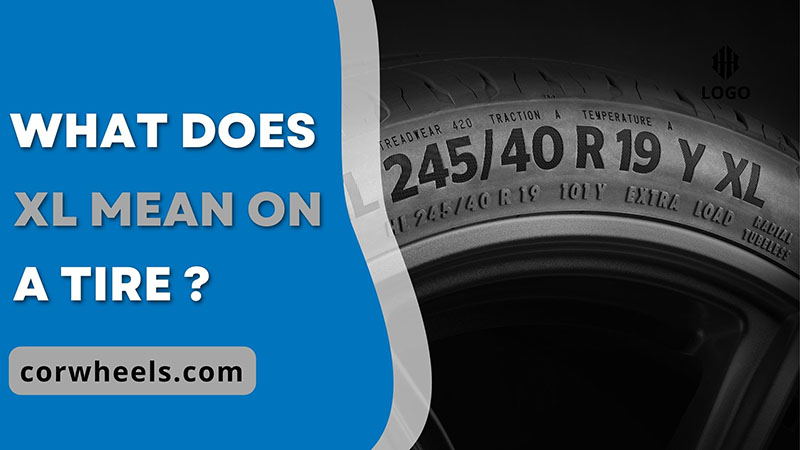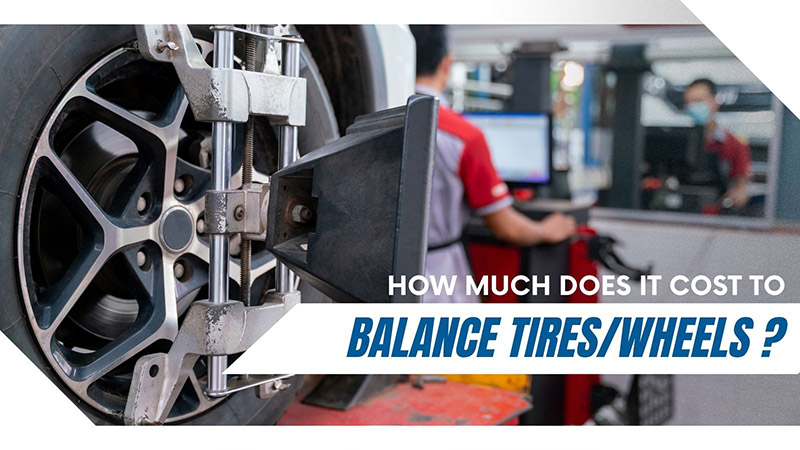Cars that suffer from improperly-inflated tires can never deliver the exceptional engine and steering performance one might hope for. Hence, learning all there is to know about tire inflation is important – particularly the meaning of PSI in pressure.
My experienced team can save hours of research for you by compiling the most critical information into one single article. Keep scrolling for more of my take.
In this article:
What Does PSI Stand For?
PSI stands for Pounds per Square Inch, representing the minimum air pressure required for the car’s max load. You can find this spec in the manual or on a sticker on the driver’s door. Air pressure should always be kept at that ideal level.
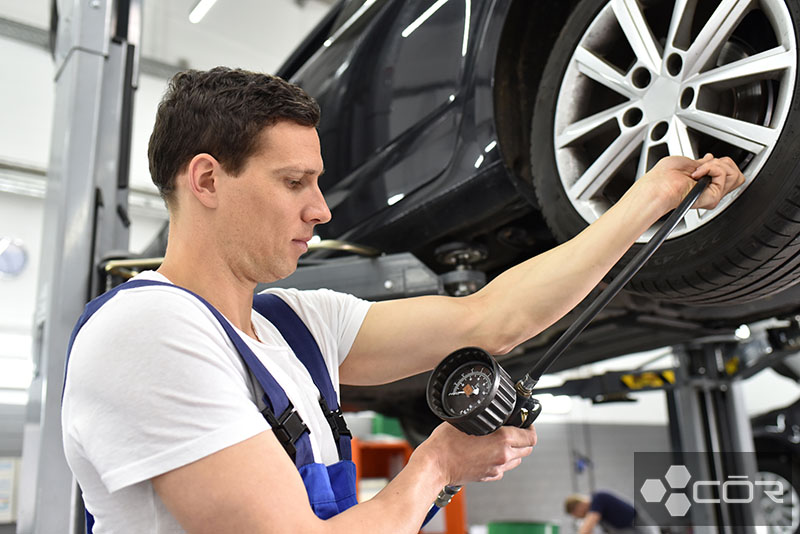
Properly inflated tires ensure you can enjoy the following benefits:
a. Safety
Correct PSI levels ensure sufficient contact between the tire and the ground, producing enough friction – neither too low nor too high – to put premature wear at bay. Hence, you never have to worry about possible accidents, tire blowouts, or tread separations.
b. Comfort
Nothing is better than a smooth and no-bump ride from beginning to end – which can only be achieved with the right amount of inflation. As the tread wear is even, you will hardly feel any bounce or bump, even on rugged terrains.
c. Longevity
Tires devoid of premature or uneven tire wear will last far longer than expected, saving you both time and effort. Gone are the days when you have to drop by an auto shop every few months to purchase replacements or have the tires fixed.
d. Fuel Efficiency
The U.S. Energy Department has reported a significant increase of up to 3% in gas mileage when car tires are appropriately pumped. As gas pricing has become more of a headache in recent months, this competitive edge can be a lifesaver for tight-budget families.
What Is The Ideal PSI For Car Tires?
The recommended tire pressure varies slightly with car size. The safest range for passenger cars is 32-35 PSI, for SUVs is 40-42 PSI, and for trucks is 50-60 PSI. This number should be measured when the tires are cold.
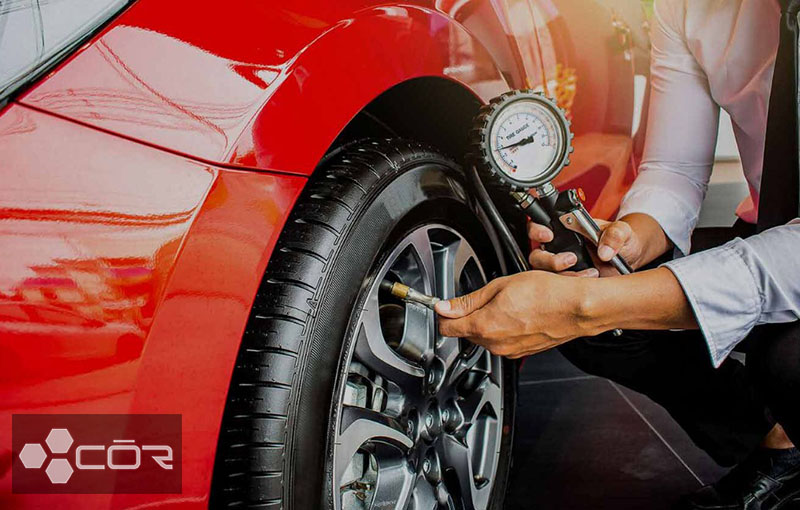
“Cold” refers to the tire’s state before sunlight exposure or hours of usage. And it would be best to check your PSI when the tires remain in such a state; otherwise, the excess heat and road friction they receive during driving will inevitably increase the pressure. Any attempt to check or read the PSI will not be accurate by then.
How Should I Check The PSI Of My Tires?
For those not sure how to process, trace along with my detailed, step-by-step guide below, which I have used for years to check the PSI levels of my own tires:
Step 1. Start When The Tires Are Still Cold
As discussed right above, the manufacturer’s recommended PSI only applies to cold tires – meaning the tires have been unused for at least 3 hours or traveled less than one mile (or 1.6 km) at medium speed.
Step 2. Confirm The Required PSI In Your Manual
Any vehicle’s manual should have at least one portion discussing the PSI level in detail. If you can’t find the manual, no worries; there are still two other viable solutions:
- Look that the door jamb (driver’s side) for the information sticker
- Consult professionals, vehicle manufacturers, or car dealers
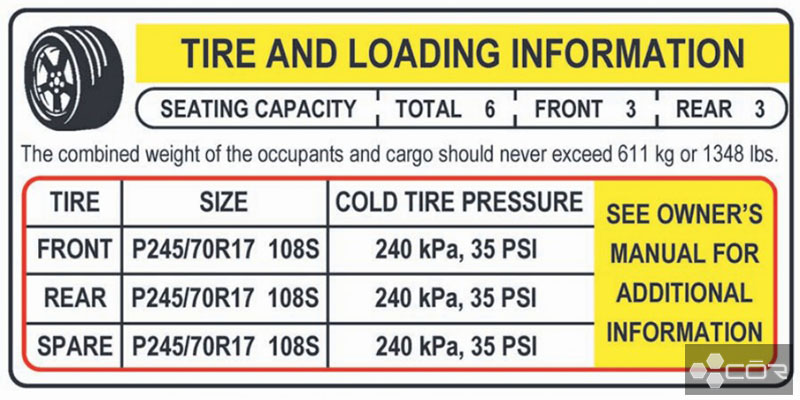
Certain cars have different recommended PSIs for front vs. rear tires. If that is your case, write these numbers down somewhere accessible; that way, you will not get confused while moving around to check each tire’s pressure.
Step 3. Use Your Tire Pressure Gauge to Check The Tire Pressure
Once making sure you have the gauge ready, perform each task one by one:
- Remove the tire’s valve cap and locate the valve stems.
- Put your gauge on that stem, then press hard until all hissing sounds disappear. At that point, the gauge should have yielded some accurate readings.
Standard gauges often have measurement units embedded in a tiny bar at the bottom. Meanwhile, digital gauges are way more convenient, showcasing the specific number on the screen; all you need to do is read it.
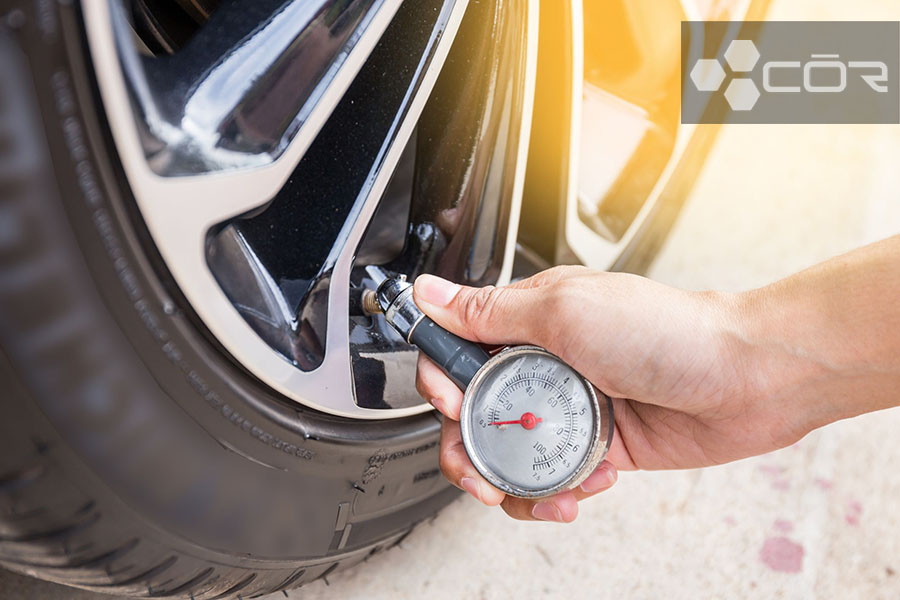
Regardless of your gauge type, write the reading down and repeat the above steps to the other three vehicle tires.
Step 4. Fill Your Tires to The Required PSI
For low pressure, I suggest using air compressors to refill your tires. Since air compressor models vary vastly, read their directions thoroughly to ensure proper usage.
Some drivers prefer to use air compressors at gas stations instead of buying one. If that is your case, insert coins into the machines all through until the motor starts running. After that, ensure the compressor hose reaches every tire by placing the hose end over the stem and pushing the lever hard.
Air compressors at gas stations tend to get the tires “hot”, which is why you should probably set your pressure at approximately 4 PSI higher than the recommended level (ex: if the manual says 32 PSI, inflating your tires to 36 PSI would be ideal). Do not forget to recheck after the tires eventually go cold.
Step 5. Check The PSI Again With The Gauge
After filling every tire, check your pressure again with the gauge. Use the pump or stem to release some air if you have accidentally overfilled the tires.
How Often Should I Check The PSI In My Tires?
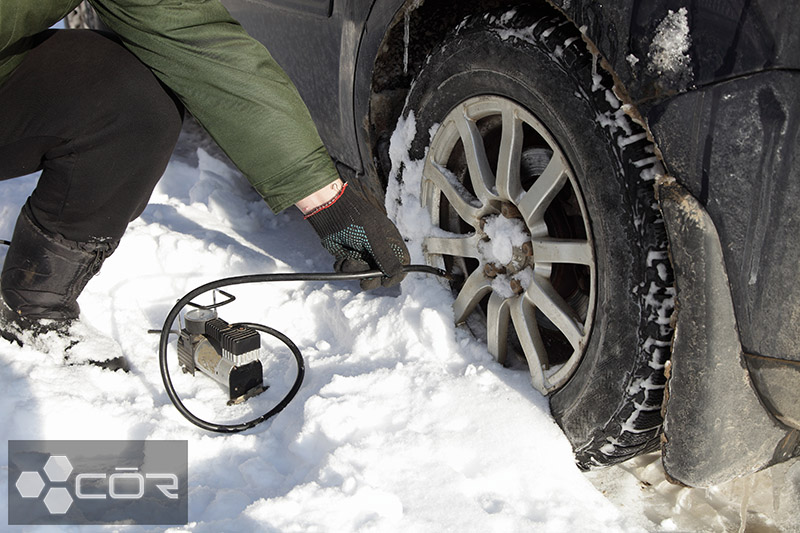
Although it is all up to your schedule and preference, a monthly basis will be the best bet. Regularly monitoring the tire pressure gives you ample chances to catch any signal of wrong inflation or gradual loss before the situation worsens.
And that could save you quite a few bucks.
While you are at it, it would be great to examine other tire compartments, too, such as uneven patterns, damage, wear, punctures, or cuts. Have them fixed as soon as possible to ensure tire integrity and, in turn, the car’s optimal performance.
What Happens If I Overinflate or Underinflate My Tires?
The consequences of under- or over-inflated tires should be clear for now: bumpy rides, uneven wear, shorter shelf life, and compromised car safety are only some of them.
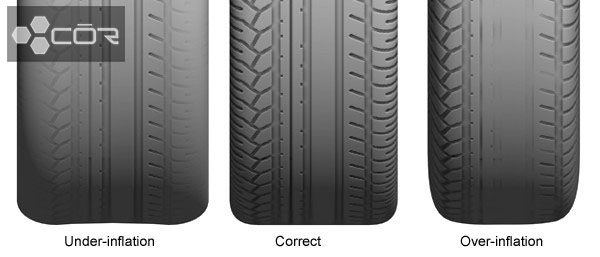
On certain occasions, straying a bit further from the recommended air pressure is fine, but do not let the extra drop/increase exceed 4 PSI.
Suppose your passenger car tires need a maximum pressure of 35 PSI; then stretching to 39 or stooping to 31 PSI should be the final limit. Anything further than that, and your car is sure to encounter danger.
Conclusion
I hope my guide has given you the answer you need about the PSI in cars.
Maintaining proper tire pressure is not difficult, but requires constant attention. Keep a consistent check schedule, especially before any long trip.

